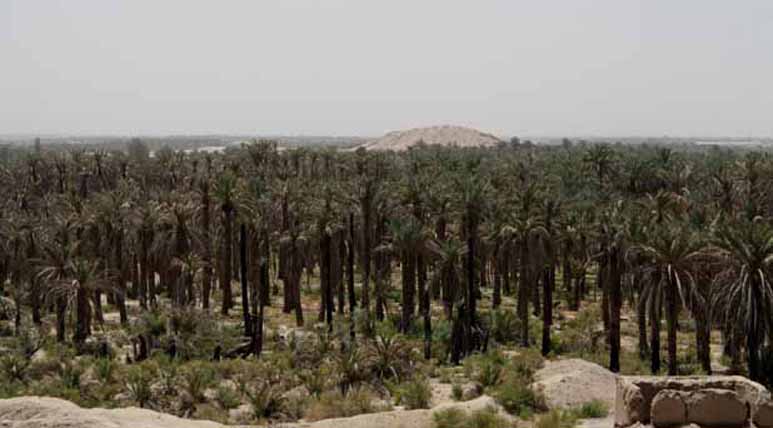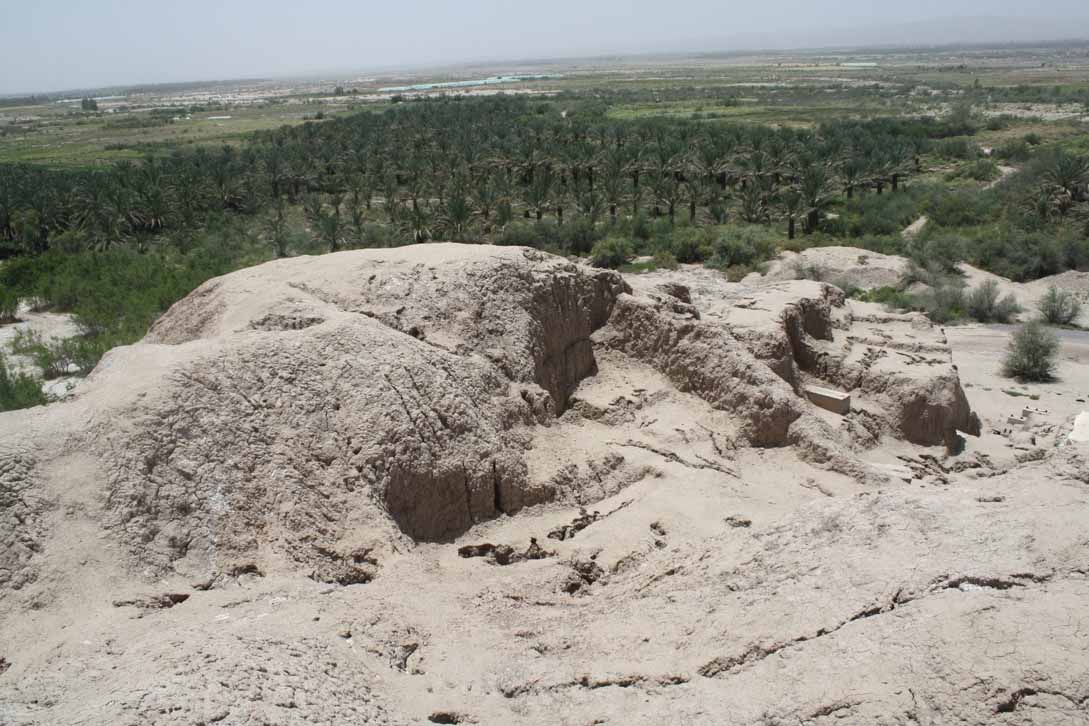It looks like you're using an Ad Blocker.
Please white-list or disable AboveTopSecret.com in your ad-blocking tool.
Thank you.
Some features of ATS will be disabled while you continue to use an ad-blocker.
share:
In recent years the discovery of an ancient previously unknown culture at Jiroft in South West Iran has made possible the development of clearer
insight into the tradition of 'stargates' in Near Eastern early bronze age culture.
www.heritageinstitute.com...
www.cais-soas.com...
Jiroft, probably to be identified with the City of Aratta known from Sumerian texts, was like Sumeria itself almost certainly a Dravidian culture, maintaining trade links with the Harappan culture of the Indus valley, in a sense the missing link between Sumerian and Harappan culture.
The Sumerian legend, Enmerkar and the lord of Aratta, establishes that Aratta had highly skilled and much sought after craftsmen, which the Sumerians sought to employ for their own usage in constructing a ziggurat after the fashion of that at Aratta, which was dedicated to Inana and were her cult was pre-eminent, thus the Goddess and her tradition seemingly were derivative of Aratta.
etcsl.orinst.ox.ac.uk...
This is important in that Inana/Ishtar held primacy in the cosmological stargate tradition;
....the queen of heaven and earth, the goddess of the numerous me, holy Inana, has brought to Aratta, the mountain of the shining me
Inana, the lady of all the lands, has surrounded Aratta, on its right and left, for her like a rising flood. They are people whom she has separated from other people, they are people whom Dumuzid has made step forth from other people, who firmly establish the holy words of Inana
Inana was ruler of the mountain were the sun rose and set, thus ruler of birth and death, the mountain in an astrological sense being the zodiacal light, in a natural sense mountains of the distant horizon, in a symbolic sense the great ziggurat of Aratta...more on this here;
www.abovetopsecret.com...
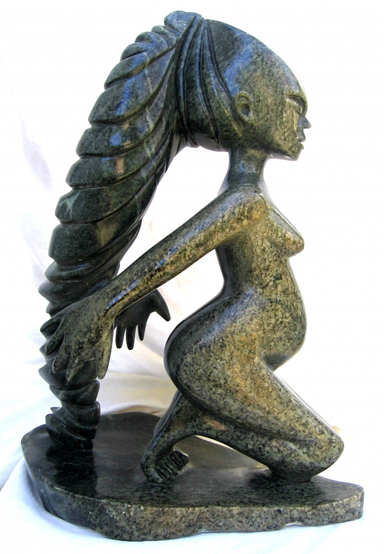
Thats the basic cultural context then, in considering the iconography of Jiroft and Proto-Elamite culture as concerned with stargates, this rudimentary jug is a good starting point;
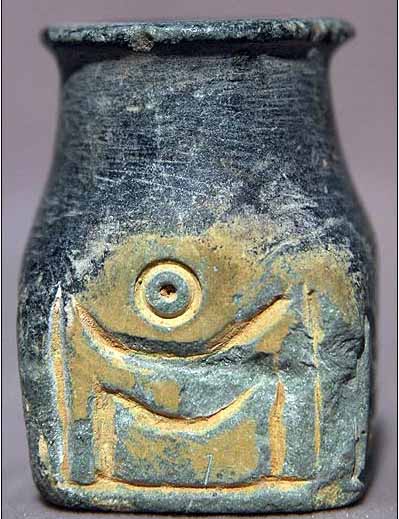
At first glance, and second, that could easily be seen as an Egyptian representation of the Akhet symbol, the sun between the two mountains of the horizons, and with good reason, for it is a Proto-Elamite version of the same.
One takes the same key iconography then and considers it in a slightly more complex context;
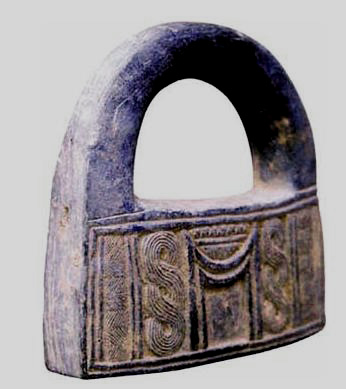
There again one finds the 'two mountains' representation, albeit without solar disc, set beneath an arc/handle which will be seen to be correspondant to the arc that the sun traverses across the sky, with interwoven serpents either side, which will be seen to correspond to means of passage.
To confirm this is correct interpretation, one considers an example were the two mountains of the horizon are represented in more naturalistic form beneath the arc/handle, in conjunction with the 'Bull of Heaven' dominating both horizons, this astrological symetery being common as seen in subsequent examples.
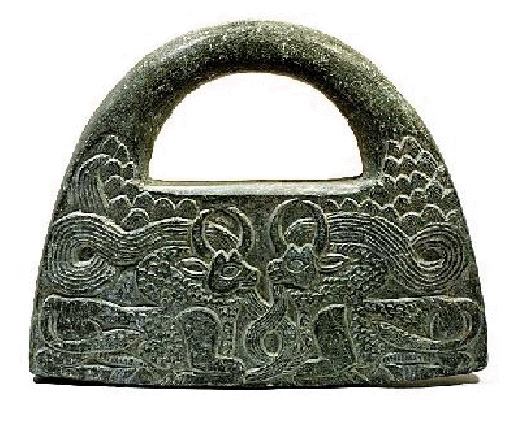
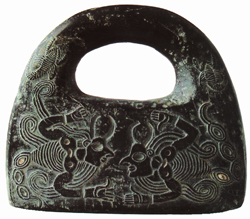
as well as the importance of the serpents in facilitating transition across the axis of the horizon;

In achieving mastery over these twin serpents a hero figure or Deity established himself as a Lord of the two horizons, Lord of Life and Death, birth and resurrection.
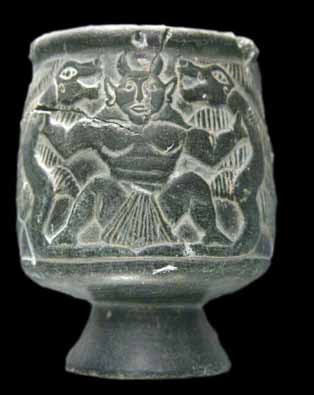
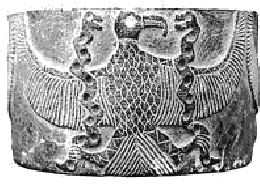
Inana having supreme rule over such concepts could actually assume the form of the twin serpents herself;
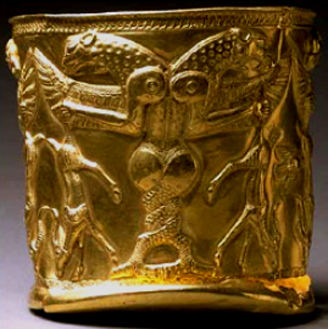
A furthur critical aspect is the symbolic form that the mountain of the horizon could take;

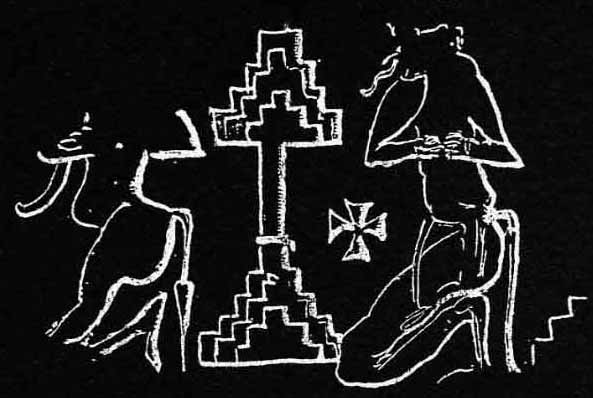
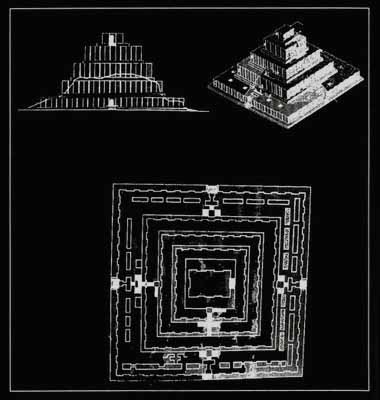
As in Andean culture and others, in 2D representational form this is a stepped construct, with the two mountains of the horizon also lending themself to the singular motif of the diamond stepped form were they are seen as symetrical opposites, with the cross denoting centre as a derivative, as in the chakana.
This basic stepped form, as seen in this Elamite bronze concerned with rites of sunrise, represents the mountain of the horizon, in the same manner an Andean Huanaca does of similar form.

These then are the elements which one should be looking for in connection with the representation of the cosmological stargates/portals, and thus;
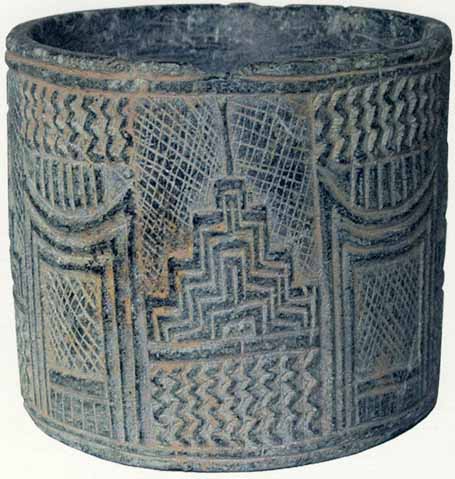

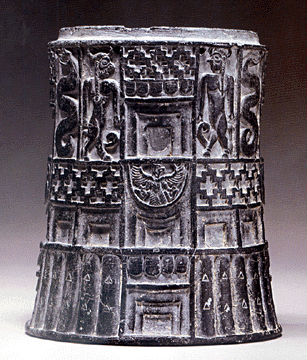
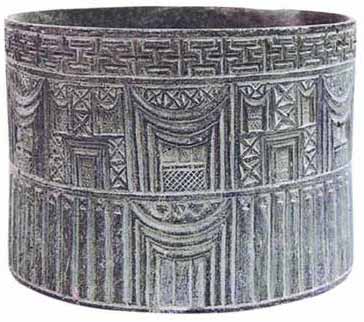
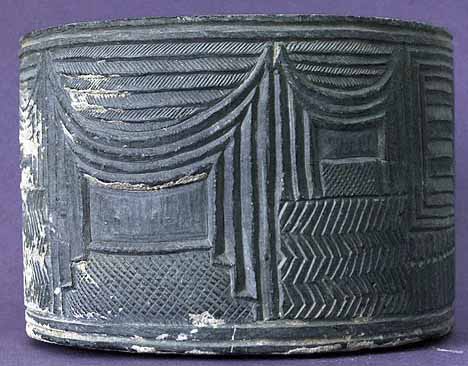
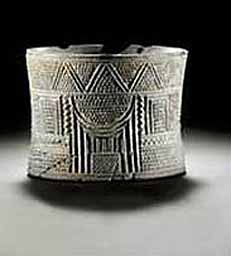
It can be seen that the portals are placed in the context of a general architectural setting, and thus archaeologists somewhat lazily conclude this is merely representation of the general city, however it must be noted the Egyptians contextualized their Doorways of the Horizon of Heaven in terms of a Palace Facade, and that this can be seen as representative of the Heavens, thus the mundane reflects the Heavenly;
www.abovetopsecret.com...
A furthur intriguing consideration is that the symbolism involved lends itself to application in terms of traversing time and space via worm hole travel, it is as if the symbolism of the religious premise was created to accomodate this extension of meaning.
The natural premise for the mystical mountain of transition at the horizon was the zodiacal light, which is simply diffuse particles reflecting along the ecliptic plane when the sun is beneath the horizon, this ephemeral vision taking symbolic form in the mighty physical construct of the ziggurats and pyramids, the vision made manifest
These portals then in the cosmological sense are concerned with transition across the horizon, via serpents, creating cyclic transition between life and death;
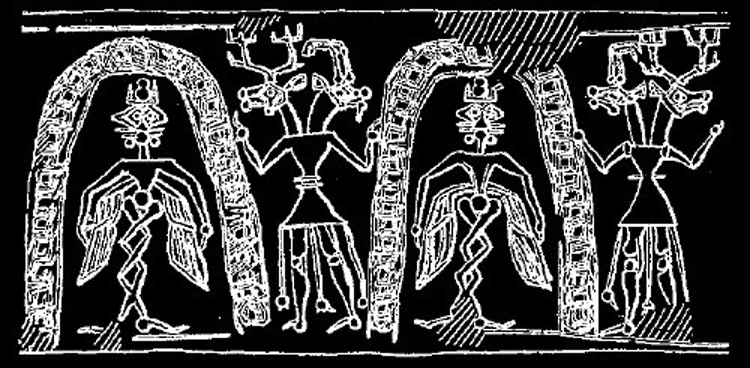
www.heritageinstitute.com...
www.cais-soas.com...
Jiroft, probably to be identified with the City of Aratta known from Sumerian texts, was like Sumeria itself almost certainly a Dravidian culture, maintaining trade links with the Harappan culture of the Indus valley, in a sense the missing link between Sumerian and Harappan culture.
The Sumerian legend, Enmerkar and the lord of Aratta, establishes that Aratta had highly skilled and much sought after craftsmen, which the Sumerians sought to employ for their own usage in constructing a ziggurat after the fashion of that at Aratta, which was dedicated to Inana and were her cult was pre-eminent, thus the Goddess and her tradition seemingly were derivative of Aratta.
etcsl.orinst.ox.ac.uk...
This is important in that Inana/Ishtar held primacy in the cosmological stargate tradition;
....the queen of heaven and earth, the goddess of the numerous me, holy Inana, has brought to Aratta, the mountain of the shining me
Inana, the lady of all the lands, has surrounded Aratta, on its right and left, for her like a rising flood. They are people whom she has separated from other people, they are people whom Dumuzid has made step forth from other people, who firmly establish the holy words of Inana
Inana was ruler of the mountain were the sun rose and set, thus ruler of birth and death, the mountain in an astrological sense being the zodiacal light, in a natural sense mountains of the distant horizon, in a symbolic sense the great ziggurat of Aratta...more on this here;
www.abovetopsecret.com...

Thats the basic cultural context then, in considering the iconography of Jiroft and Proto-Elamite culture as concerned with stargates, this rudimentary jug is a good starting point;

At first glance, and second, that could easily be seen as an Egyptian representation of the Akhet symbol, the sun between the two mountains of the horizons, and with good reason, for it is a Proto-Elamite version of the same.
One takes the same key iconography then and considers it in a slightly more complex context;

There again one finds the 'two mountains' representation, albeit without solar disc, set beneath an arc/handle which will be seen to be correspondant to the arc that the sun traverses across the sky, with interwoven serpents either side, which will be seen to correspond to means of passage.
To confirm this is correct interpretation, one considers an example were the two mountains of the horizon are represented in more naturalistic form beneath the arc/handle, in conjunction with the 'Bull of Heaven' dominating both horizons, this astrological symetery being common as seen in subsequent examples.


as well as the importance of the serpents in facilitating transition across the axis of the horizon;

In achieving mastery over these twin serpents a hero figure or Deity established himself as a Lord of the two horizons, Lord of Life and Death, birth and resurrection.


Inana having supreme rule over such concepts could actually assume the form of the twin serpents herself;

A furthur critical aspect is the symbolic form that the mountain of the horizon could take;



As in Andean culture and others, in 2D representational form this is a stepped construct, with the two mountains of the horizon also lending themself to the singular motif of the diamond stepped form were they are seen as symetrical opposites, with the cross denoting centre as a derivative, as in the chakana.
This basic stepped form, as seen in this Elamite bronze concerned with rites of sunrise, represents the mountain of the horizon, in the same manner an Andean Huanaca does of similar form.

These then are the elements which one should be looking for in connection with the representation of the cosmological stargates/portals, and thus;






It can be seen that the portals are placed in the context of a general architectural setting, and thus archaeologists somewhat lazily conclude this is merely representation of the general city, however it must be noted the Egyptians contextualized their Doorways of the Horizon of Heaven in terms of a Palace Facade, and that this can be seen as representative of the Heavens, thus the mundane reflects the Heavenly;
www.abovetopsecret.com...
A furthur intriguing consideration is that the symbolism involved lends itself to application in terms of traversing time and space via worm hole travel, it is as if the symbolism of the religious premise was created to accomodate this extension of meaning.
The natural premise for the mystical mountain of transition at the horizon was the zodiacal light, which is simply diffuse particles reflecting along the ecliptic plane when the sun is beneath the horizon, this ephemeral vision taking symbolic form in the mighty physical construct of the ziggurats and pyramids, the vision made manifest
These portals then in the cosmological sense are concerned with transition across the horizon, via serpents, creating cyclic transition between life and death;

edit on 13-8-2012 by Kantzveldt because: (no reason given)
reply to post by Kantzveldt
Beautyful pictures.
The header alone is enough reason for tptb to invade Iran.
Beautyful pictures.
The header alone is enough reason for tptb to invade Iran.
edit on 13-8-2012 by Mimir because: (no reason given)
Fantastic piece of work putting all that together!
I have long suspected that the Stargate series was a fictionalized show
based upon an actual program with the intent to slowly allow such
ideas to filter through society, be it in fictionalized form.
I have long suspected that the Stargate series was a fictionalized show
based upon an actual program with the intent to slowly allow such
ideas to filter through society, be it in fictionalized form.
reply to post by Kantzveldt
I have always suspected that the exploits and attention regarding the 'oil' issue was always intended as a diversion for the world and from that which 'they' were truly after................namely ancient stargates.
Excellent thread!
I have always suspected that the exploits and attention regarding the 'oil' issue was always intended as a diversion for the world and from that which 'they' were truly after................namely ancient stargates.
Excellent thread!
edit on 13-8-2012 by Egyptia because: (no reason given)
I thought it was really wild that NAZI was the name of a sumerian deity
is this true?
Sumerian mythology, one of the eight deities born to relieve the illness of Enki. While he was born from a god Nazi was believed to be a man.[1] He was the consort of the goddess Nindar.
is this true?
Sumerian mythology, one of the eight deities born to relieve the illness of Enki. While he was born from a god Nazi was believed to be a man.[1] He was the consort of the goddess Nindar.
This was of thought system that could lend itself to interpretation on all levels, from the naturalistic were a serpent is just a serpent, to sexual
interpretation were the mountains of the horizons become Holy Inana's breasts and so forth, to cosmological and astrological as demonstrated, and
ever onward to the mathamatical and scientific, were one needs to be considering the relationship of rectangles to parabolic equations, then you use
your stargate thought system to really go places...this was first taught 11,000 years ago and probably better understood by our Neolithic ancestors
than at present.
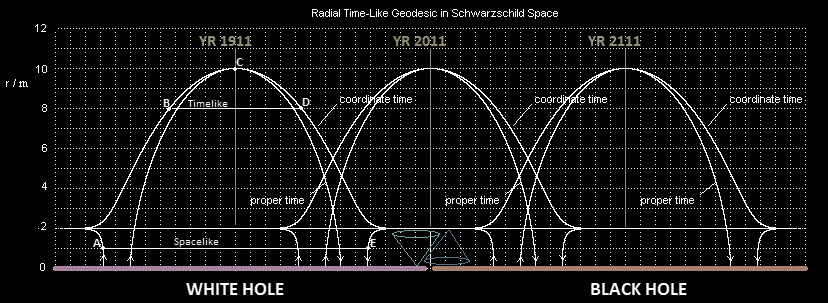
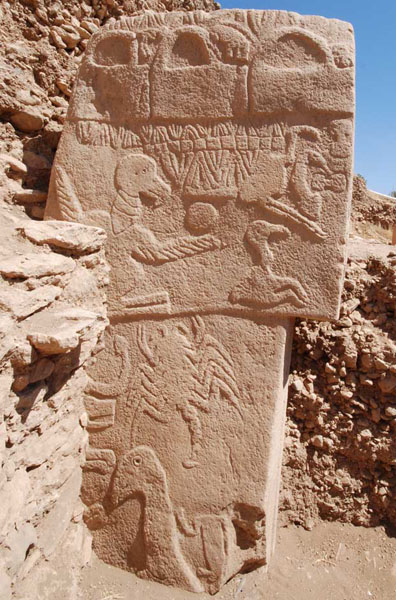
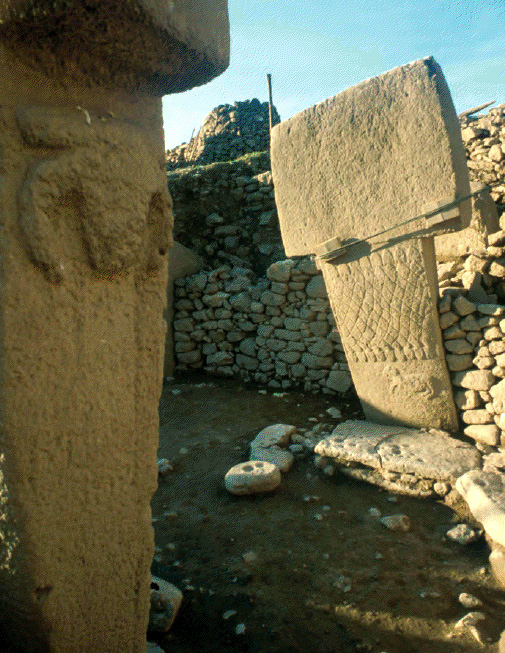
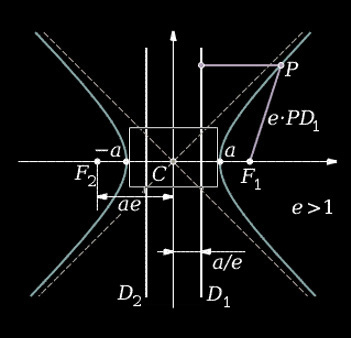
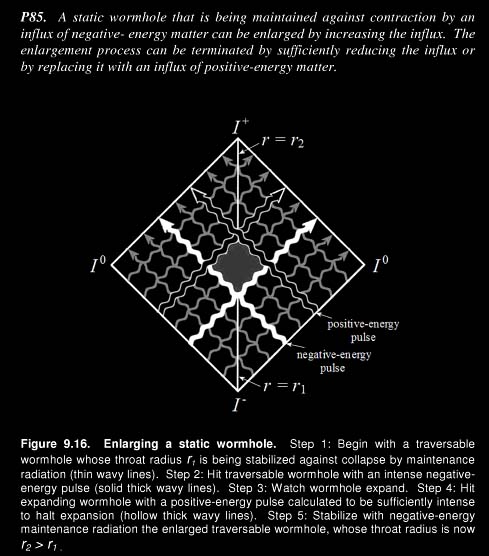
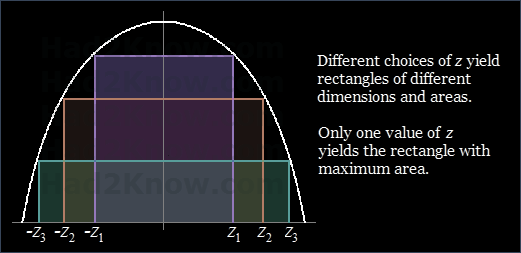
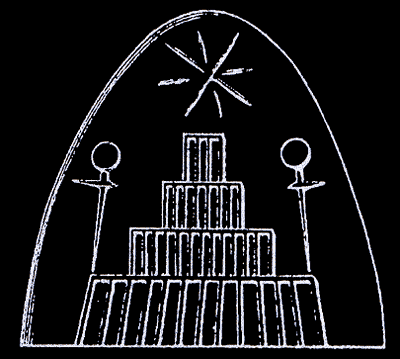
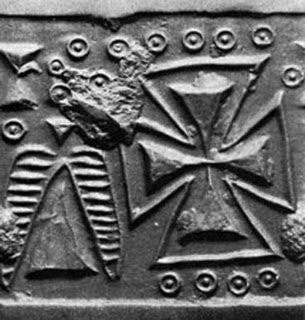
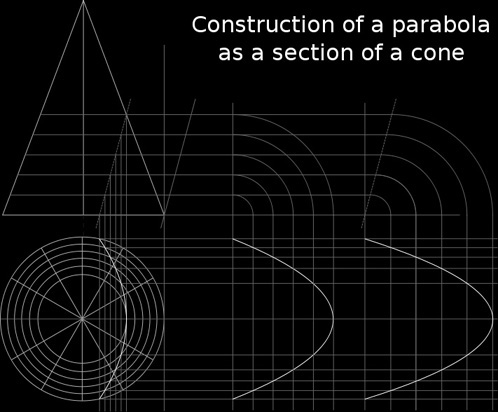
Of course nowadays when people manage one level of interpretation they think they have done well, but this really does need to be understood to the max...









Of course nowadays when people manage one level of interpretation they think they have done well, but this really does need to be understood to the max...
reply to post by pirhanna
I think the strength and continuity of the ancient traditions suggest that even if this wasn't an aspect of the past it certainly will be of the future, in that the traditions have inbuilt capability for the extended interpretation toward worm-hole travel and that by the way they were purposely formulated.
I think the strength and continuity of the ancient traditions suggest that even if this wasn't an aspect of the past it certainly will be of the future, in that the traditions have inbuilt capability for the extended interpretation toward worm-hole travel and that by the way they were purposely formulated.
reply to post by superluminal11
I'm saying nothing, though i did post a Vril Damen type representation of Inana...
I'm saying nothing, though i did post a Vril Damen type representation of Inana...
reply to post by Kantzveldt
Nice find! this is why i still come back to ATS, to learn about new (to me) ancient cultures.
One thing stuck out though..
files.abovetopsecret.com...
=
images3.wikia.nocookie.net...
??
Nice find! this is why i still come back to ATS, to learn about new (to me) ancient cultures.
One thing stuck out though..
files.abovetopsecret.com...
=
images3.wikia.nocookie.net...
??
reply to post by Kantzveldt
Very well put together presentation Kantzveldt, I enjoy reading of the ancients and getting the chance to see interesting data related. Innana is one of the more recent VISITORS so it amazes me to see different depictions/artwork showing her and her influence. SnF for the good read
Very well put together presentation Kantzveldt, I enjoy reading of the ancients and getting the chance to see interesting data related. Innana is one of the more recent VISITORS so it amazes me to see different depictions/artwork showing her and her influence. SnF for the good read
reply to post by pirhanna
I always thought the same about Roadrunner
btw what happened to all the stargates from Iraq? Just how many of these things are there?!!!!!
I always thought the same about Roadrunner
btw what happened to all the stargates from Iraq? Just how many of these things are there?!!!!!
reply to post by VonDoomen
Yes that iconography does derive from the arc of the mountains also being symbolised as the horns of a bull, and the all seeing eye of the solar disc.
Yes that iconography does derive from the arc of the mountains also being symbolised as the horns of a bull, and the all seeing eye of the solar disc.
reply to post by Ophiuchus 13
Inanas primary role was symbolised by the planet Venus, in that it appears above the mountain of the horizon before sunrise/sunset, there was also the mathamatical/geometric relationship between the differing orbits and this describing the pentagon, which was known at Jiroft;
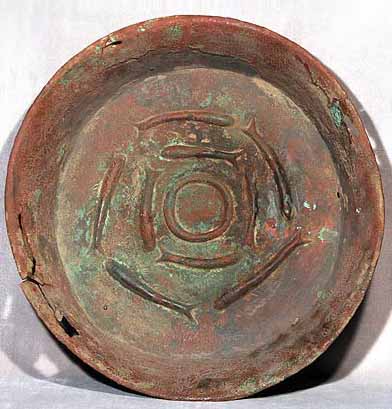
The keyword there i guess being 'relationship'.
Inanas primary role was symbolised by the planet Venus, in that it appears above the mountain of the horizon before sunrise/sunset, there was also the mathamatical/geometric relationship between the differing orbits and this describing the pentagon, which was known at Jiroft;

The keyword there i guess being 'relationship'.
reply to post by Kantzveldt
I have to wonder.
In the first image i referenced, the one from your thread, how the hell did the get that circle so perfect?
I mean i know its totally possible, michaelangelo was claimed to be able to draw a perfect circle by hand, a tremendous feat i assure you. It never ceases to amaze me the quality put into ancient artwork and carvings.
And then i look at the quality of the crap the US gets from CHINA
Are we so sure we've progressed since then?? XD
I have to wonder.
In the first image i referenced, the one from your thread, how the hell did the get that circle so perfect?
I mean i know its totally possible, michaelangelo was claimed to be able to draw a perfect circle by hand, a tremendous feat i assure you. It never ceases to amaze me the quality put into ancient artwork and carvings.
And then i look at the quality of the crap the US gets from CHINA
Are we so sure we've progressed since then?? XD
reply to post by Kantzveldt
Sounds good to me the RELATION between Innana & VENUS, wouldnt suprise me if she STILL had some relations/influences to the BRIGHTEST* and EA*RTH. Hmm I find it hard to accept many just ignore the ANNUNAKI presence on EA*RTH so far the only strong read back is there is another force here that snuck in between THE ANNUNAKI VISITATIONS or something but I guess they will adjust that upon arrrival as they send out their SIGNALS to ALERT ALL within this SOL system they are back (would be a loud vibration / noise ) 1 thinks strong enougn to SHAKE a planet and RING its PERSONAL BELL a little no doom
Sounds good to me the RELATION between Innana & VENUS, wouldnt suprise me if she STILL had some relations/influences to the BRIGHTEST* and EA*RTH. Hmm I find it hard to accept many just ignore the ANNUNAKI presence on EA*RTH so far the only strong read back is there is another force here that snuck in between THE ANNUNAKI VISITATIONS or something but I guess they will adjust that upon arrrival as they send out their SIGNALS to ALERT ALL within this SOL system they are back (would be a loud vibration / noise ) 1 thinks strong enougn to SHAKE a planet and RING its PERSONAL BELL a little no doom
reply to post by VonDoomen
The Elamites of Iran were truly great craftsmen, the entire narrative of the Sumerian Lord of Aratta is about them trying to aquire the crafts of Jiroft...

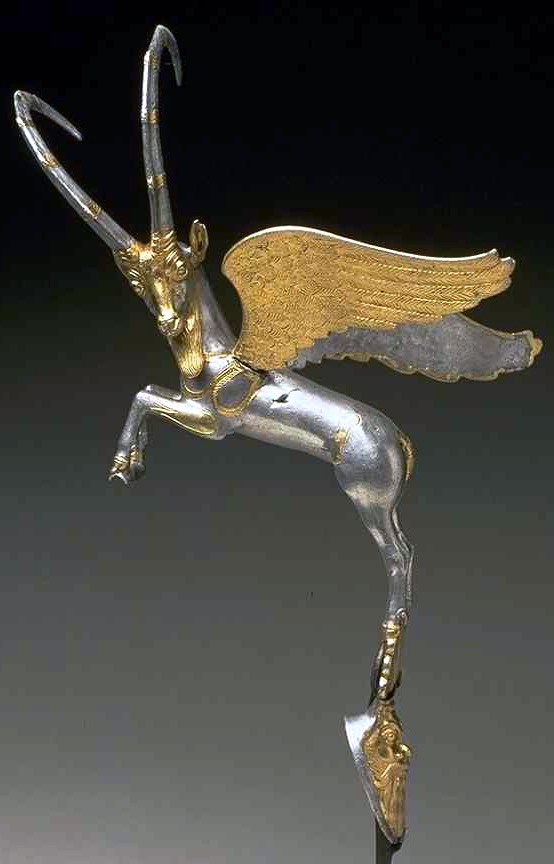

An entire mystery in itself is that they came up with cubism 4,000 years before Picasso...
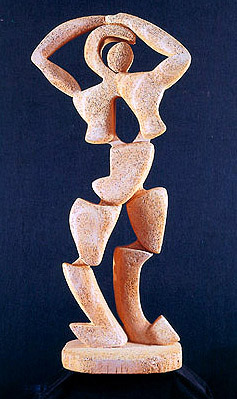
The Elamites of Iran were truly great craftsmen, the entire narrative of the Sumerian Lord of Aratta is about them trying to aquire the crafts of Jiroft...



An entire mystery in itself is that they came up with cubism 4,000 years before Picasso...

edit on 13-8-2012 by Kantzveldt because: (no reason given)
reply to post by Ophiuchus 13
In general i love Inana's attitude...
25-32. (Inana announced "When I, the goddess, was walking around in heaven, walking around on earth, when I, Inana, was walking around in heaven, walking around on earth, when I was walking around in Elam and Subir, when I was walking around in the Lulubi mountains, when I turned towards the centre of the mountains, as I, the goddess, approached the mountain it showed me no respect, as I, Inana, approached the mountain it showed me no respect, as I approached the mountain range of Ebiḫ it showed me no respect."
33-36. "Since they did not act appropriately on their own initiative, since they did not put their noses to the ground for me, since they did not rub their lips in the dust for me, I shall fill my hand with the soaring mountain range and let it learn fear of me."
etcsl.orinst.ox.ac.uk...#
In general i love Inana's attitude...
25-32. (Inana announced "When I, the goddess, was walking around in heaven, walking around on earth, when I, Inana, was walking around in heaven, walking around on earth, when I was walking around in Elam and Subir, when I was walking around in the Lulubi mountains, when I turned towards the centre of the mountains, as I, the goddess, approached the mountain it showed me no respect, as I, Inana, approached the mountain it showed me no respect, as I approached the mountain range of Ebiḫ it showed me no respect."
33-36. "Since they did not act appropriately on their own initiative, since they did not put their noses to the ground for me, since they did not rub their lips in the dust for me, I shall fill my hand with the soaring mountain range and let it learn fear of me."
etcsl.orinst.ox.ac.uk...#
This is all incredible, but I'm confused. I guess I need to pick up Quantum Physics and Sacred Geometry in the small amount of down time I get each
day.
Can someone explain this is the simplest, layman's terms for me?
Can someone explain this is the simplest, layman's terms for me?
new topics
-
This is adorable you guys!
General Chit Chat: 8 hours ago -
Reprehensible Behavior
US Political Madness: 9 hours ago -
Defending the need for adherence to Old Testament commandments under the new covenant of Christ
Conspiracies in Religions: 10 hours ago
top topics
-
Reprehensible Behavior
US Political Madness: 9 hours ago, 10 flags -
Those Drones over NJ and elsewhere
Aliens and UFOs: 14 hours ago, 8 flags -
South Korean coup was an attempt to start WW3
World War Three: 14 hours ago, 7 flags -
This is adorable you guys!
General Chit Chat: 8 hours ago, 7 flags -
Archer aviation and the NJ drones
Aircraft Projects: 15 hours ago, 5 flags -
Defending the need for adherence to Old Testament commandments under the new covenant of Christ
Conspiracies in Religions: 10 hours ago, 5 flags
active topics
-
Defending the need for adherence to Old Testament commandments under the new covenant of Christ
Conspiracies in Religions • 18 • : randomuser2034 -
George Stephanopoulos and ABC agree to pay $15 million to settle Trump defamation suit
Mainstream News • 24 • : WeMustCare -
-@TH3WH17ERABB17- -Q- ---TIME TO SHOW THE WORLD--- -Part- --44--
Dissecting Disinformation • 3709 • : WeMustCare -
Drones everywhere in New Jersey ---and Elsewhere Master Thread
Aliens and UFOs • 174 • : nugget1 -
The Mystery Drones and Government Lies --- Master Thread
Political Conspiracies • 106 • : cherokeetroy -
Statements of Intent from Incoming Trump Administration Members - 2025 to 2029.
2024 Elections • 45 • : WeMustCare -
Former DNI-Congressman John Ratcliffe says the U.S. Government is Intimidated by UFOs.
Aliens and UFOs • 42 • : anthelion -
Post A Funny (T&C Friendly) Pic Part IV: The LOL awakens!
General Chit Chat • 7912 • : imitator -
This is adorable you guys!
General Chit Chat • 4 • : CriticalStinker -
The Acronym Game .. Pt.4
General Chit Chat • 1016 • : FullHeathen

